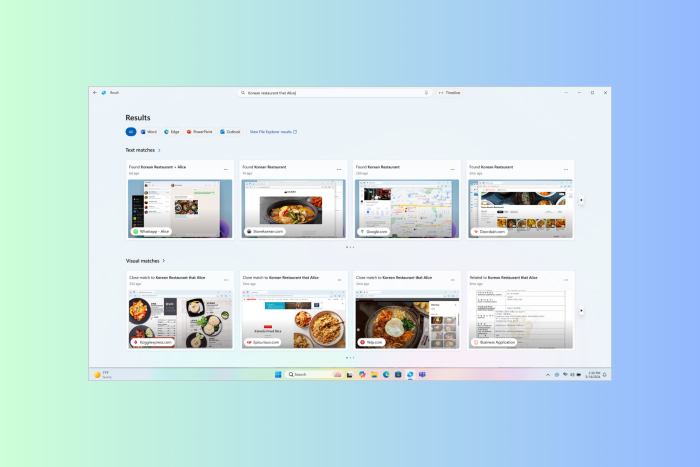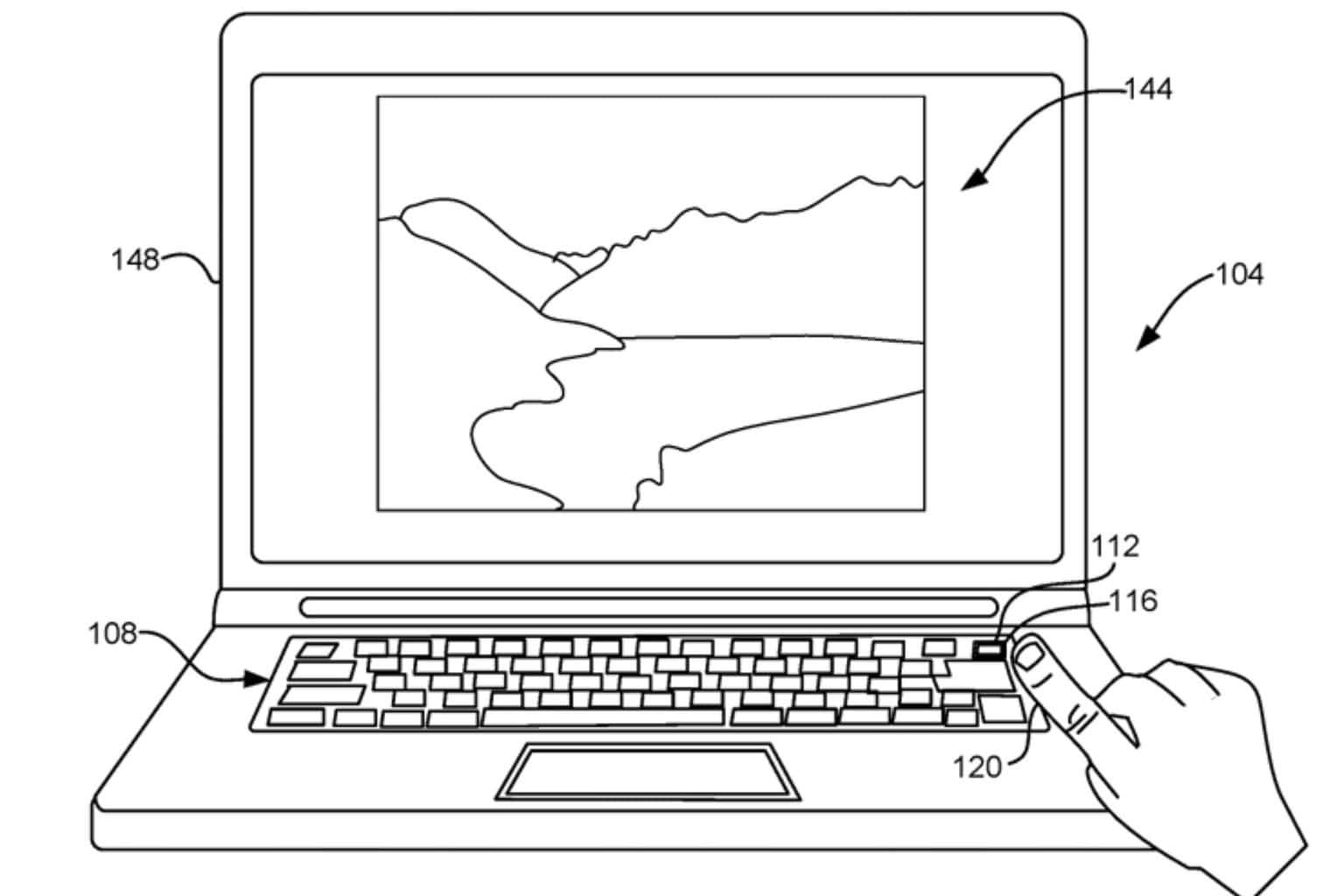Windows 11 Recall feature can be handy for developers
The features will available from June in Copilot +PCs powered devices
3 min. read
Published on
Read our disclosure page to find out how can you help Windows Report sustain the editorial team. Read more

At the Microsoft Build Conference 2024, Microsoft discussed the complexities of the latest AI-powered feature, Windows Recall, which focuses on revolutionizing user experiences on Windows 11.
The Redmond tech giant provided insights into integrating Recall with app functionalities, ensuring a seamless interaction between snapshots and applications.
They also informed us that Windows Copilot Runtime and Semantic Index technology power AI features like the Recall function on Windows 11. Let’s learn more about it in detail.
Empowering the future of AI Experiences
Windows Copilot Library has over 40 on-device AI models and algorithms and is now an integral part of the Windows ecosystem, which will elevate user experiences to extraordinary levels. Recall is one of the most highlighted features introduced, including Live Captions, Studio Effects, and OCR in Snipping Tool, and it leverages on-device AI models to reshape interaction paradigms.
Enhanced app integration
Another important facet of Windows Recall is its seamless integration with third-party apps. With the help of User Activity API, developers can enhance the Recall experience by incorporating contextual data.
This, in turn, enables Recall to navigate users to specific app states captured by the feature and foster a fluid transition between snapshots and app interactions.
Microsoft PowerPoint and Teams are the first Microsft apps to support this flow, and a third-party app, Concepts, also supports this.
Microsoft has mentioned how the Windows Recall feature works
Recall database is powered by Windows Semantic Index, a new OS capability that redefines search on Windows. Recall is grounded in several state-of-the-art AI models, including multi-modal SLMs, running concurrently and integrated into the OS itself.
These models understand different kinds of content and work across several languages, to organize a vast sea of information from text to image to videos, in Windows. This data is transformed and stored in a vector store called Windows Semantic Index. The semantic index is stored entirely on the user’s local device and accessible through natural language search. This deep integration allows a uniquely robust approach to privacy as the data does not leave the local device.
On-device privacy assurance
Users were concerned about data security and privacy, so Microsoft assured them that Recall entirely works on the user’s device. Therefore, no data will be transmitted to the cloud for processing.
The Redmond tech giant also emphasized its commitment to ethical AI practices and affirmed that it didn’t use data generated from Recall to train the AI model.
Windows Recall will come to Copilot + PCs, the first of which will be available next month. To use Recall, you must have 16 GB RAM, 8 logical processors, and 256 GB storage (50 GB free space).
Go to Settings>Privacy& security>Recall & Snapshots to access Recall options. Here, you can change the space reserved for snapshots, filtered websites, apps, and more.
To conclude, the Recall feature and its integration with app functionalities are revolutionary and can help developers improve their apps using the User Activity API.
What do you think about Recall Feature on Windows 11? Share your views with our readers in the comments section below.








User forum
0 messages